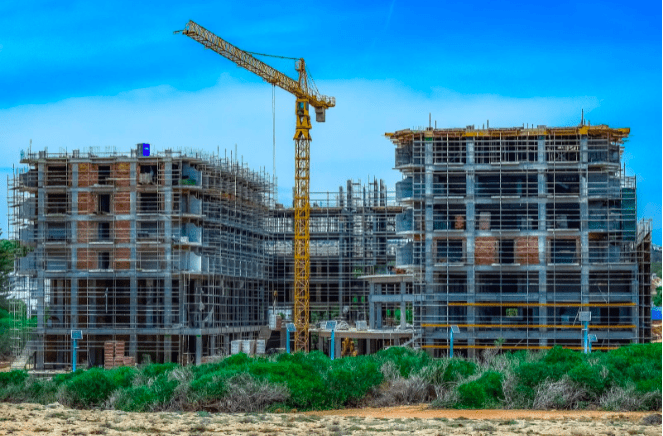
It is no secret that the construction process usually leads to carbon emissions, which contribute to global warming. Concerned about the state of the earth, some architects are turning to building materials that actually store atmospheric carbon, such as bamboo, hemp, cork and mycelium.
This move comes due to the fact that construction is responsible for around 40 percent of greenhouse gas emissions. “The focus has shifted from making buildings energy-efficient to looking at carbon,” says Warum who leads the innovation team at the London-based architecture and engineering group Arup. “For a long time, the construction industry was not a sector being addressed when we talked about climate change.”
So what are some of the more popular construction materials that store carbon? We have consulted EinrichtungsRadar.de to fill us in on the details.
Bioplastic
German company Made of Air is the mastermind behind carbon-negative bioplastic, a construction material that contains biochar (sources from agricultural and forest waste) and stops carbon from being released as CO2. The bioplastic can be used in interiors and cladding.
“With biochar, if you just left it on the ground and came back a thousand years later, it would look exactly the same. Only if you were to burn, carbon would be re-released,” explains Neema Shams from Made of Air.
Mycelium Insulation
Building insulation made from mycelium not only captures carbon but is a fire-retardant for your home. Sourced from fungi, mycelium feeds on agricultural waste. As such, it grows fast and is affordable to produce. “It’s actually got better insulation properties than most standard insulation and it’s actually sequestering CO2,” comments sustainability expert David Cheshire.
Mycelium can also be grown in moulds to create household products such as lamps and packaging. Plus, it can be turned into faux leather and used to make handbags and clothes.
Wood
If responsibly sourced, wood can be a great carbon-storing building material. In fact, a grown tree can remove up to 22 kilograms of carbon from the atmosphere each year. This, however, only makes sense as a part of a well-organized project where each tree is replaced with more than one new plant. In addition, each tree’s carbon storage ability needs to be considered in light of the emissions associated with its transportation and processing.
Using wood as a building material also comes with a number of issues. Since only a part of each three is used for construction, the process generates waste including sawdust and offcuts.
Concrete
While cement generates eight percent of the world’s greenhouse gas emissions, concrete offers more potential as a building product. For instance, a Montreal-based brand Carbicrete has come up with a new type of concrete that stores carbon. Made from industrial by-products, the concrete has greater compressive strength than cement and superior freeze and thaw resistance.







